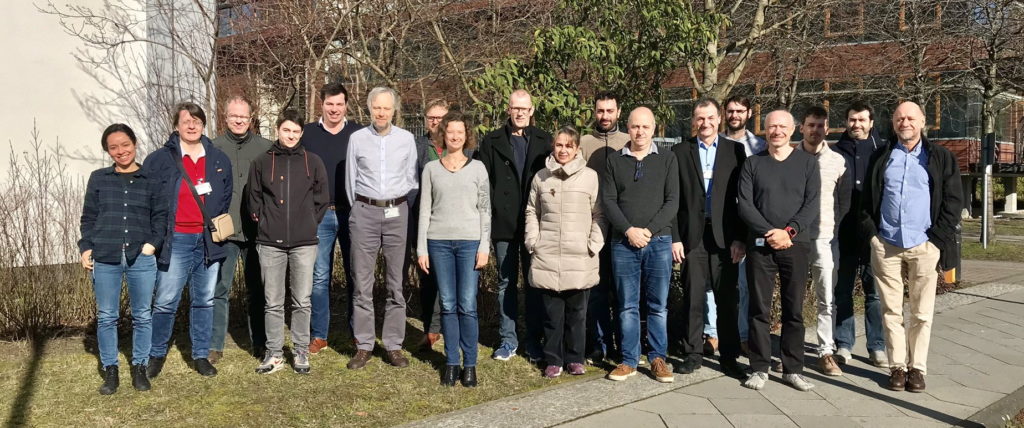VenSpec Suite - EnVision
VenSpec Suite
VenSpec science goals
VenSpec will provide unprecedented insights into the current state of Venus and its past evolution. VenSpec will perform a comprehensive search for volcanic activity by targeting atmospheric signatures, thermal signatures and compositional signatures, as well as a global map of surface composition.
VenSpec consortium
The VenSpec consortium structure is a balance between a fully integrated instrument and three completely independent instruments. It builds on a long history of collaboration between the consortium partners. The Table below shows the shared responsibilities of each European partner with respect to the VenSpec channels. The VenSpec consortium consists of three sub-instruments with a joint science team. The shared management of the consortium structure allows to leverage the synergies between the three instruments and minimize the resources, while at the same time ensuring that each partner can develop their contributions largely independently.
Dr Emmanuel Marcq (LATMOS/Institut Pierre-Simon Laplace), Dr Ann Carine Vandaele (Royal Belgian Institute for Space Aeronomy/BIRA-IASB), Dr Jörn Helbert (Deutsches Zentrum für Luft- und Raumfahrt e.V.).
The VenSpec instrument suite consists of three channels with a joint science team : VenSpec-M, VenSpec-H, VenSpec-U, and the Central Control Unit (CCU). The goal of the EnVision VenSpec consortium structure is to leverage the synergies between the three instruments and minimize the resources, while at the same time ensuring that each partner can develop their contributions largely independently.
VenSpec instrument suite
The VenSpec instrument suite consists of three channels: VenSpec-M, VenSpec-H, VenSpec-U, and the Central Control Unit (CCU). All three channels have their independent optics due to the very different imaging concepts and wavelengths ranges covered. The instruments are all nadir pointing.
VenSpec-M is a pushbroom multispectral imaging system which will provide near-global compositional data on rock types, weathering, and crustal evolution by mapping the night-side emission of Venus surface and lower atmosphere in 14 near-IR spectral transparency “windows” at 0.86-1.18 μm. A total of six bands sound the surface in the five atmospheric windows. The broadest “window” at 1.02 μm is covered with two filters to obtain information on the spectral slope of the surface reflectance within the “window”. Eight additional channels provide measurements of atmospheric water vapour abundance as well as cloud microphysics and dynamics and stray light permitting an accurate correction of atmospheric interference on the surface data. Continuous observation of Venus’ thermal emission in the surface windows will place tight constraints on current day volcanic activity.V
VenSpec-H (Venus Spectrometer with High resolution) will monitor the composition of minor species in the lower atmosphere on the night side and above the clouds on the day side, to enable characterisation of volcanic plumes and other sources of gas exchange with the surface of Venus, complementing VenSAR and VenSpec-M surface and SRS subsurface observations. These observations will be performed in nadir geometry. VenSpec-H will focus on the volcanic and cloud forming gases and search for composition anomalies potentially related to the volcanic activity.
VenSpec-U will monitor sulphured minor species (mainly SO and SO2) and the as yet unknown UV absorber in Venusian upper clouds and just above. It will therefore complement the two other channels by investigating how the upper atmosphere interacts with the lower atmosphere, and especially characterise to which extent outgassing processes such as volcanic plumes are able to disturb the atmosphere through the thick Venusian clouds. A twin channel (0.2 nm in high- resolution, 2 nm in low-resolution) spectral imager in the 190-380 nm range able to operate in nadir would be especially suited to such a task.
- Removed a total of (3) style text-align:center;
- Removed a total of (3) style margin:0;








































 Sign in
Sign in
 Science & Technology
Science & Technology


